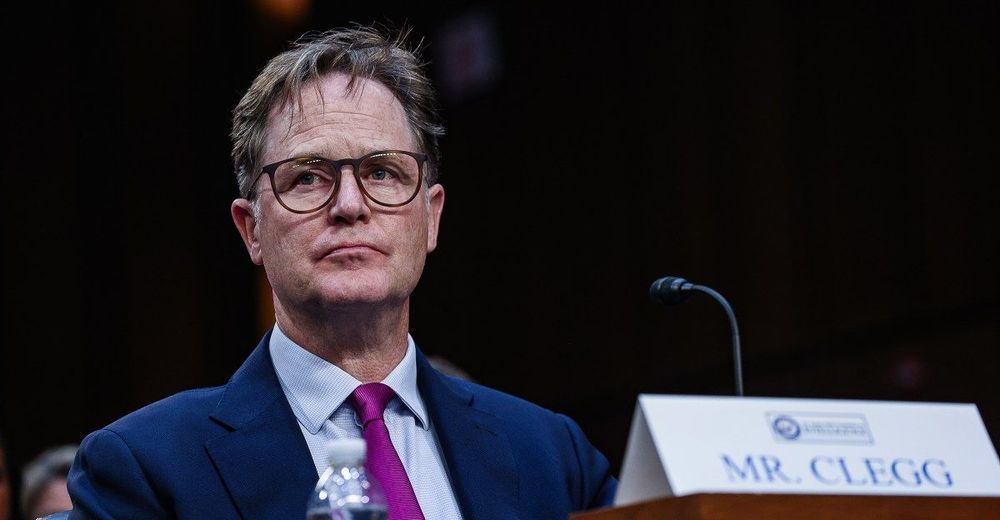Political Scientist | Associate Professor of Dutch Politics at Leiden University | Editor Acta Politica | Political Parties | Voting | Parliaments | Interest Groups | Electoral Systems | Local Politics
Reposted by Simon Otjes
Reposted by Simon Otjes, Robert Huber
Reposted by Tom van der Meer, Matthijs Rooduijn, Tom Louwerse
Reposted by Simon Otjes
Reposted by Simon Otjes
Reposted by Simon Otjes
Reposted by Simon Otjes
Reposted by Simon Otjes, Tom van der Meer, Tom Louwerse


















